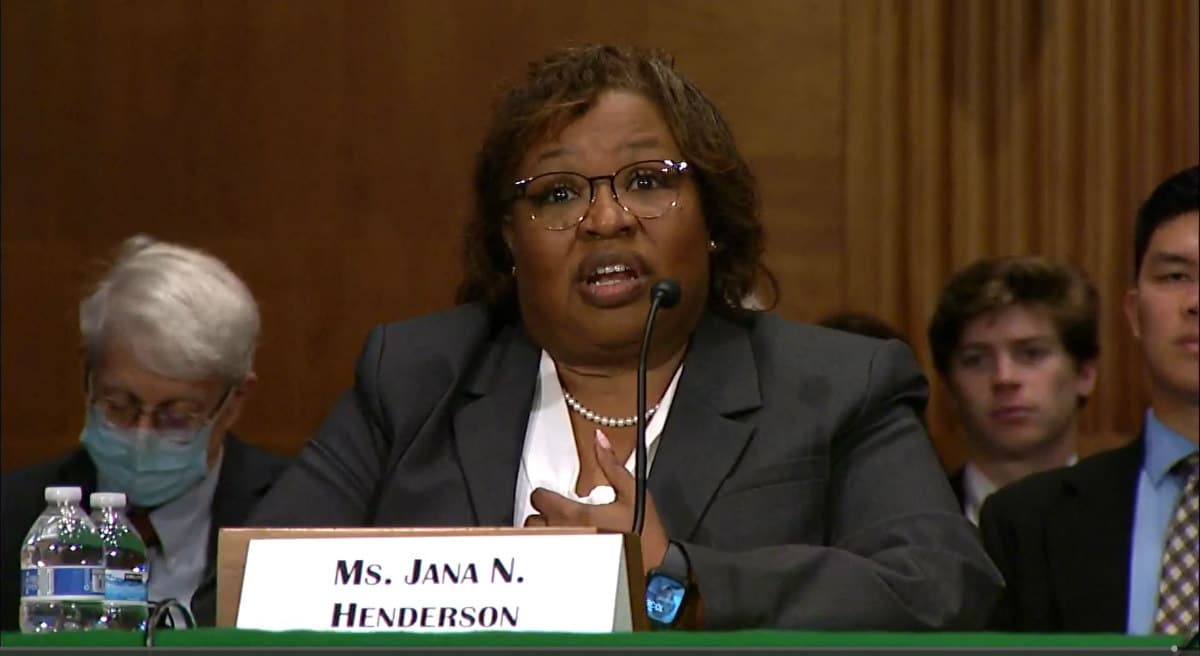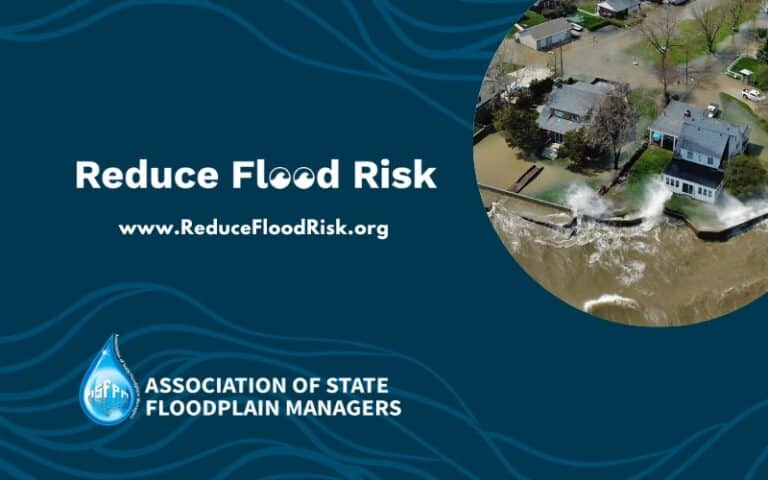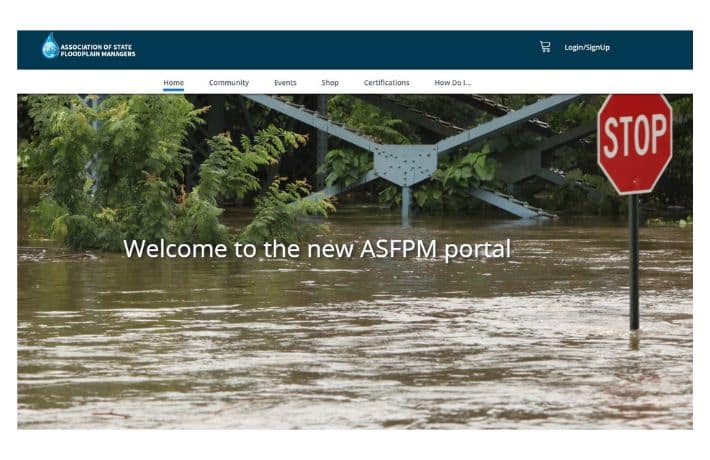ASFPM Continues Push for NFIP Reauthorization at Senate Committee Hearing

At a U.S. Senate Committee hearing on Reauthorization of the National Flood Insurance Program, Jana Henderson, CFM, Office of Mitigation Director/State Hazard Mitigation Officer for the State of Mississippi, spoke on the importance of strengthening the NFIP program and building state capability to better manage and mitigate flood risk.
Testifying on ASFPM’s behalf, Henderson, who was recently elected secretary of the ASFPM Board of Directors and also serves as co-chair of the association’s Flood Mitigation Committee, outlined a number of key recommendations to better protect property owners and communities from flood risk, including considerations for those that are rural, lower-income, or otherwise vulnerable.
The NFIP reauthorization hearing took place on June 16 before the Senate Committee on Banking, Housing, and Urban Affairs.
“I am very passionate about the success of the NFIP as I know firsthand how it has helped citizens to be more resilient and stay out of harm’s way,” said Henderson. “However, oftentimes, local communities lack the capacity to fully implement the program. It is not that communities are not willing; they sincerely know the importance of participating but are only able to enforce the minimum NFIP standards.”
In its written testimony, ASFPM noted that it’s a pivotal time for the NFIP and the current reauthorization being debated represents an opportunity to significantly reshape the program to meet the nation’s needs going forward. Featuring more than 20 specific recommendations, the written testimony details what we hope the NFIP of tomorrow will look like:
“If we make the necessary adjustments and investments, the NFIP of tomorrow will be robust and fiscally strong, with the ability to be resilient in the face of a changing climate. The program’s floodplain management standards will be improved to reflect our nation’s increasing flood risk and we will have modern flood mapping data everywhere so that land use managers, businesses, and homeowners can make informed decisions on flood risk. Aggressive mitigation functions will enable repetitive loss properties and other high-risk buildings to be mitigated quickly and individual mitigation actions will be incentivized through premium reductions. We also look forward to the day when new property buyers are aware of the flood risk or history of the property they are purchasing. The key question today is, are we up to the task to make this vision a reality?”
21 Short-Term Reauthorizations, Change is Overdue
In their opening statements, both Chairman Sherrod Brown (D-OH), and Ranking Member Patrick Toomey (R-PA), expressed the need for NFIP reform and long-term authorization, although their preferred paths to reform may differ.
“With 21 short-term reauthorizations, it is no secret that NFIP reauthorization has proven to be a challenge,” said Sen. Brown, while stressing the need for a comprehensive approach to mitigating flood risk. “It’s a complex program, with multiple goals, with implications for many of the things people care about most — their homes and their communities. However, I believe it is possible for us to come together to reauthorize and improve this program.”
Since 1970, the NFIP has received approximately 2.4 million insurance claims and paid out almost $70 billion. Insured losses have increased on average by $109 million per year (adjusted to 2018 dollars) from 1978 to 2018, and the average annual property damage due to flooding has multiplied roughly 54-fold over the past four decades, according to testimony from Sam Brody, PhD, director of the Institute for Disaster Resilient Texas at Texas A&M University.
“My biggest concern is that, despite our best efforts, the cost of flooding and the impacts on communities is spiraling upward,” Brody said during his testimony. “Right now we’re overemphasizing a recovery approach to risk reduction — focusing on payments and assistance after disasters occur in contrast to a proactive, protective-centered mitigation policy. A proactive approach to flood risk reduction, in addition to the existing programs we have in place, is the only way we’re going to get out of this.”
Download ASFPM’s full written testimony.
Watch the recording of the hearing (note the hearing begins at the 17:20 mark). On this page, you can also download written testimony from Sen. Brown and Sen. Toomey as well as all of the witnesses: Henderson, Brody, Peter Van Doren, Senior Fellow with the Cato Institute; Jerry Theodorou, Director of the Finance, Insurance and Trade Policy Program at the R Street Institute; and Douglas E. Quinn, Executive Director of the American Policyholder Association.



